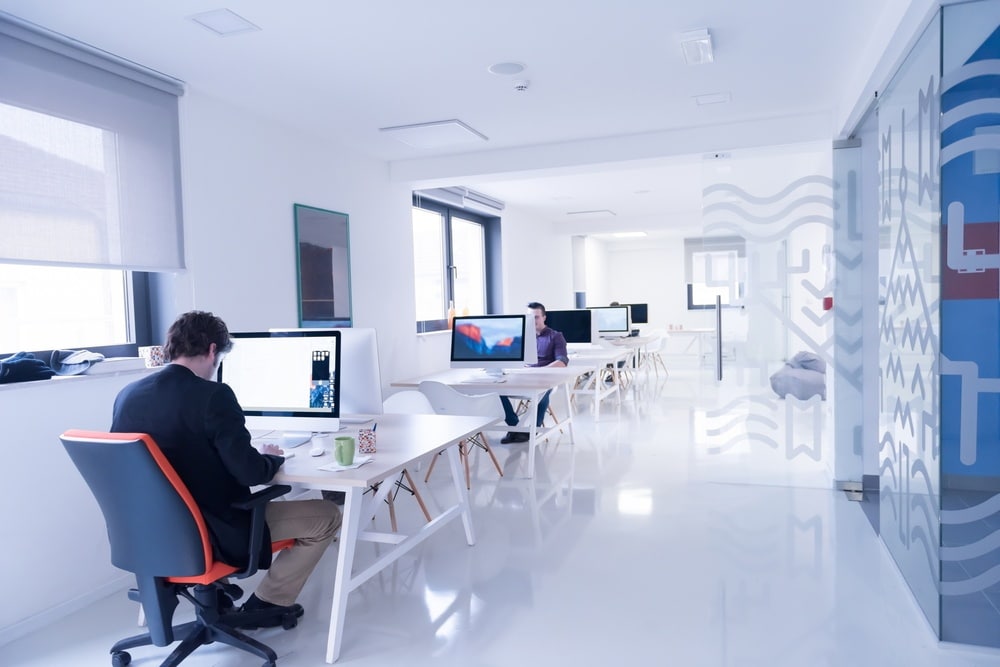Relocating, renovating, and replacing office furniture are all undertakings that require extensive planning. You must choose an office mover or office furniture installer that’s experienced and capable. You must devise a plan that will be cost-effective and completed in the least amount of time. And you must plan how you’ll continue to perform critical business functions in the midst of what can sometimes be described as controlled chaos. That’s a lot to remember!
If you will be relocating to, renovating or installing new furniture in a downtown office, there are even more issues you need to consider and plan for. Here are four unique challenges that you should be aware of and prepare for before embarking on a downtown office move, relocation, reconfiguration or furniture installation project.
1. Loading and Unloading Issues
Because space is at a premium, downtown office buildings are usually equipped with fewer loading docks. The docks that do exist are often lower in height, meaning that over-the-road trucks cannot access them. Make sure the office furniture mover or installer you’re working with has the capability to unload furniture and equipment remotely from 18-wheelers into smaller delivery vehicles that can safely back up to those loading docks.
Due to the scarcity of loading docks, street loading and unloading are more common in downtown buildings. Make sure to contact the city to find out if you need a curbside permit to load or unload from the street. In some instances, the city may allow temporary closure of curbside areas to accommodate a move. That’s unusual, though.
2. Lobby Considerations
To attract tenants, most downtown offices have sleek, inviting lobbies featuring high-end building materials and furnishings. Downtown offices also tend to be very busy with clients, customers and delivery personnel constantly going in and out. That’s one reason why most downtown office building managers require that moves take place before or after regular business hours.
If your downtown office installation requires moving in through the lobby, you’ll need to take steps to protect the lobby flooring and carpeting, by using dollies with non-damaging casters, for example; plan to use barricades or cones to block lobby traffic when you’re transporting large items; and last but not least, work with building management to secure any special permission you’ll need to move in through the lobby and plan the logistics.
3. Elevator Issues
Not all downtown office buildings have freight elevators. If you’ll be using passenger elevators to move furniture and equipment, you’ll need to get special permission from building management and set up internal padding and protection in the elevators before using them. Passenger elevators have reduced capacity and size, so you’ll need to make more trips to get everything from the truck to its new home. Make sure to account for the additional time when planning your project timeline.
4. City Traffic
Last but not least, working downtown requires contending with plenty of pedestrian, automobile, and bicycle traffic. All that traffic must jockey for position on narrow streets. When you’re moving heavy furniture and equipment, you can’t necessarily expect traffic to yield for you. It’s essential to have one or more dedicated people standing by to assist the process and get pedestrians to yield as movers cross from the truck parked at the curb to the building or, in some cases, to get cars and bikes to yield if the truck is parked across the street from the building.
There’s a reason downtown is so crowded: It’s a great place to work! Setting up your new downtown office or upgrading your existing downtown office is logistically challenging. When you partner with an experienced, reputable office furniture installer, you can leave the logistical details to that professional so you can focus on all the other loose ends that need to be addressed. Once the job is complete, all the planning will be worth it!






